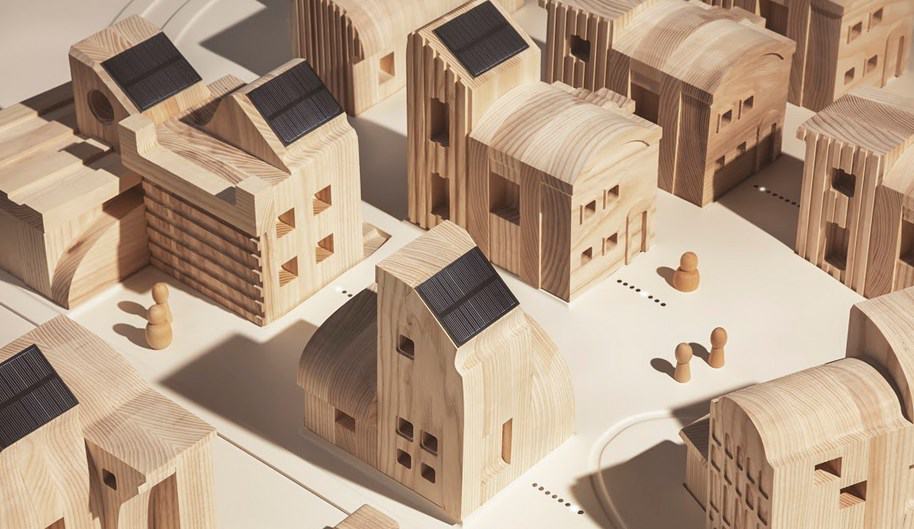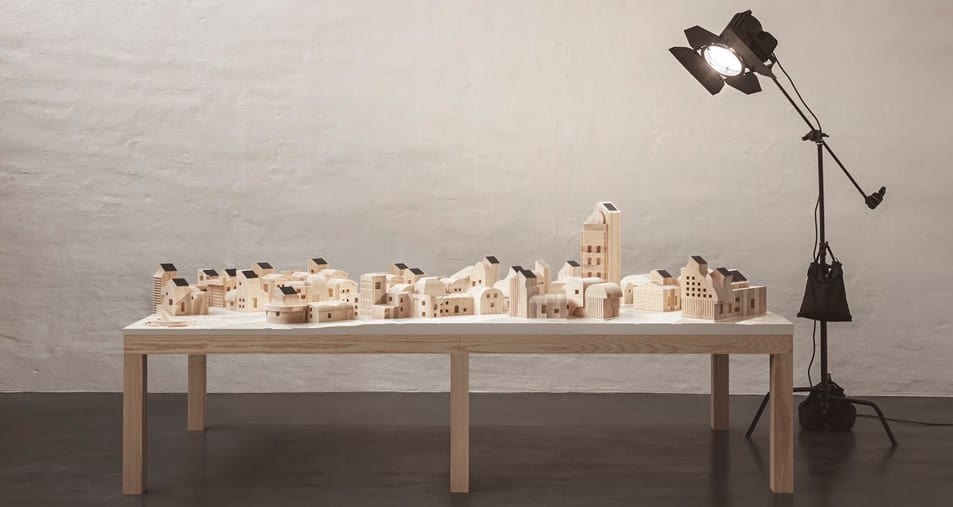
Ikea is developing SolarVille, a solar Smart City project
3 minutes of reading
And what if IKEA were set to sell us not flat-packed furniture but pre-packed Smart City kits? This is just what the Swedish giant seems to be working on, if its latest announcement is anything to go by. Named SolarVille, the project designed by Space10, its in-house innovation lab, can power a community with solar energy by way of a smart microgrid using blockchain technology.

The technology itself is nothing particularly new; since 2016 it has been used to power an entire Brooklyn neighbourhood and has been harnessed by various startups such as Power Ledger or WePower. But it is still struggling to rise out of its niche due to high installation costs, an area where IKEA could well bring economies of scale.

In concrete terms, each home in a cluster will be fitted with photovoltaic panels and storage batteries.
Sensors will be used to measure the production and consumption of each household and this data will be recorded in a tamper-proof blockchain. This log will then be used for an automated exchange market. As such, if a household has consumed more energy than it has produced, it can automatically purchase energy from its neighbours. And the more economically-minded consumers will be rewarded in financial terms. A pragmatic way of encouraging austerity and supporting the transition to a low-carbon economy.
Crédits @space10_journal
In order to develop its own private blockchain, Space10 has worked together with the startup BLOC (Blockchain Labs for Open Collaboration).
According to BLOC’s Technical Project Manager Marc Johnson, “The SolarVille project demonstrates how frontier technologies, such as remote sensors and distributed ledger systems, are deployable in urban areas and can be utilised to provide self-sufficient monitoring and optimisation of distributed energy resources. ” In order to demonstrate the project’s reality, Space10 has had the Danish architectural office SachsNottveit create a 1:50 working prototype of a village using this technology. Constructed entirely of wood, is this a precursor for IKEA’s next step in its quest for smart eco-friendly cities?More reading
Read also




What lies ahead? 7 megatrends and their influence on construction, real estate and urban development
Article
20 minutes of reading

